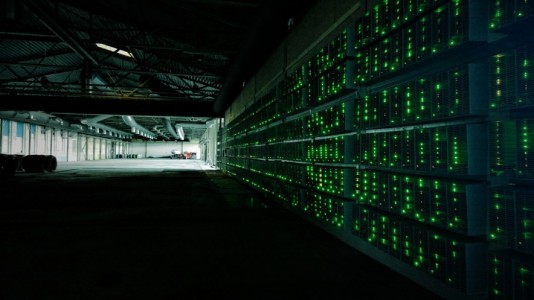ARK, Glassnode propose Bitcoin economic analytics framework using new metric

In Cointime Economics, the time Bitcoin has been held is considered when it is transacted, giving hodlers’ transactions greater weight.
ARK Invest and Glassnode have released white papers describing a proposed framework for analyzing Bitcoin on-chain metrics. The new method is called Cointime Economics and introduces a new measure — the coinblock — to represent the state of the Bitcoin (BTC) network.
Cointime Economics can be used to represent Bitcoin’s economic state in place of outstanding supply. The use of the new system may improve valuation metrics and provide a new analytical tool to measure Bitcoin activity, according to authors David Puell of ARK Invest and James Check of Glassnode. They said:
“The importance of a single bitcoin should vary based on the last time it moved. Upon its transfer, for example, the information value of a bitcoin that had been unmoved for 10 years is more important than one that had been unmoved for 1 week.”
The reasoning behind this supposition is found in a footnote:
“Coins held for a prolonged period of time suggest ownership by the market cohort with the longest time investment horizon and the most profitable cost basis. They therefore display the market behavior of the largest capitalized and historically most savvy market participants in Bitcoin’s history.”
Thus, when long-dormant Bitcoin is moved, it is likely to be the action of hodlers and whales, and so is more significant than actions with more newly mined Bitcoin. Lost Bitcoin does not count at all.
A coinblock is the basic unit used for calculation. It is determined by multiplying the number of Bitcoin by the number of blocks (the basic unit of mining) produced while the Bitcoin sits idle. “Because the Bitcoin network produces a block every 10 minutes on average, one coin generates approximately 144 coinblocks per day: 6 blocks produced per hour multiplied by 24 hours,” the authors write.
Coinblocks are “destroyed” in line with the length of time the Bitcoin was held: “If two bitcoins had not moved in seven blocks and then transacted, for example, 14 coinblocks would have been destroyed.” Bitcoin that had been held longer thus produces a larger number of coinblocks destroyed, pointing to higher activity by hodlers. Coinblocks destroyed is a variation of coindays destroyed, a metric that Glassnode already employs.

In comparison, the traditional unspent transaction output (UTXO) model, which is essential to many settlement systems, gives all Bitcoin equal weight. Because of this difference, the overall amount of active and inactive Bitcoins is represented differently in the two models, giving differing views of the market.
Related: Brace for BTC price volatility? Bitcoin ‘coin days destroyed’ metric jumps to 2-month highs
Under UTXO, inactive Bitcoin is that which miners have not spent. In Cointime Economics, it is the so-called “vaulted supply,” which is the total number of coinblocks created divided by the total number not destroyed (that is, “stored”).
Is Bitcoin’s inflation rate underestimated? ARK’s @dpuellARK and @glassnode’s @_Checkmatey_ explain why this may be the case in our new white paper, Cointime Economics. https://t.co/bdkmARE4HY
— ARK Invest (@ARKInvest) August 24, 2023
The white paper provides three use cases to demonstrate the utility of Cointime Economics. A more advanced version of the paper for blockchain specialists is also available from Glassnode, along with a suite of Cointime Economics metrics.
ARK Invest is the investment management company founded by Cathie Wood. Glassnode is a Swiss-based market intelligence service.
Magazine: Recursive inscriptions: Bitcoin ‘supercomputer’ and BTC DeFi coming soon









